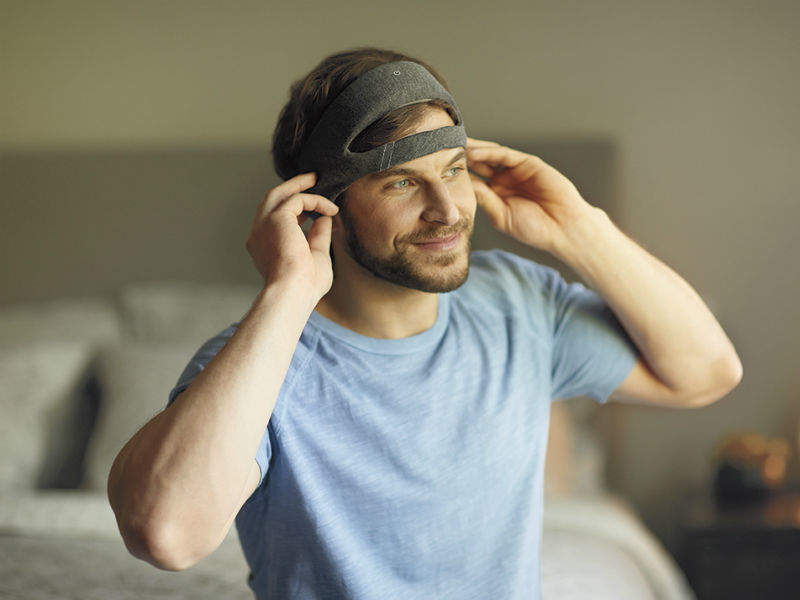
Sensor socks to help the elderly and headbands that promote better sleep were just some of the medical inventions turning heads at this year’s Consumer Electronics Show in Las Vegas. Healthcare-related technologies proved to be extremely popular at the show and we’re seeing a clear trend of consumer wearables being developed for medical use.
Socks is probably one of the last things CES visitors expected to be impressed by, but Sensoria Fitness proved them wrong with its sensory socks aimed at tracking seniors and those in rehabilitation. The American start-up normally creates tech for the likes of runners and football players but is now also stepping into the world of medical advancement. Its smart socks contain sensors built into the fabric which can detect if a person is taking medication, maintaining daily exercise or even if they are in any distress. According to Sensoria founder Davide Vigano, “if a patient is in distress it affects their gait” and by tapping into this information, the company’s invention can monitor users’ wellbeing and alert carers if they need help.
Sensoria Fitness was not alone with its sensory clothing innovations. Smart fabric company Xenoma was showcasing its latest clothing range aimed at helping dementia patients. Sensors embedded in the clothing can monitor a patient’s wellbeing without them having to be confined to one room or a hospital bed. The technology detects vital signs such as breathing and movement and the design even allows for an ECG to be attached on the area covering the sternum if necessary. Xenoma claims the clothes can be washed up to 100 times before any damage to their functionality occurs and wearers are likely to feel more comfortable as no gel or liquid is required to attach the sensors directly to their bodies.
While Xenoma’s potentially life-changing clothes won’t be ready for medical use before 2020, a new wearable from Phillips will be out in spring 2018. The Dutch tech company used CES to promote its new sleep smart headband, which was created with the help of doctors and researchers to improve the quality of sleep. The SmartSleep product is aimed at consumers who don’t get enough sleep due to their lifestyle and Phillips claims that it will help them feel more energised.
The technology uses sound to enhance the slow waves of the brain which are produced during deep sleep. However, the headgear won’t be curing insomnia anytime soon as it is only aimed at people who sleep well when they are asleep and have no problem with sleep other than not being able to get enough of it.
Shenzhen-based start-up Dreamlight is also working on helping people get more rest. It has developed a foam eye mask housing LED panels that blast wearers with orange light for 15 minutes in order to increase melatonin. After that the darkness of the mask is supposed to put users in a dream-like state until it’s time to wake up and the device shines green light in progressively lighter shades onto the wearers’ eyelids. If users would rather wake up to their favourite music though, the sleep mask also features speakers which can play soothing tones and anything from their own playlists.
How well do you really know your competitors?
Access the most comprehensive Company Profiles on the market, powered by GlobalData. Save hours of research. Gain competitive edge.

Thank you!
Your download email will arrive shortly
Not ready to buy yet? Download a free sample
We are confident about the unique quality of our Company Profiles. However, we want you to make the most beneficial decision for your business, so we offer a free sample that you can download by submitting the below form
By GlobalData

